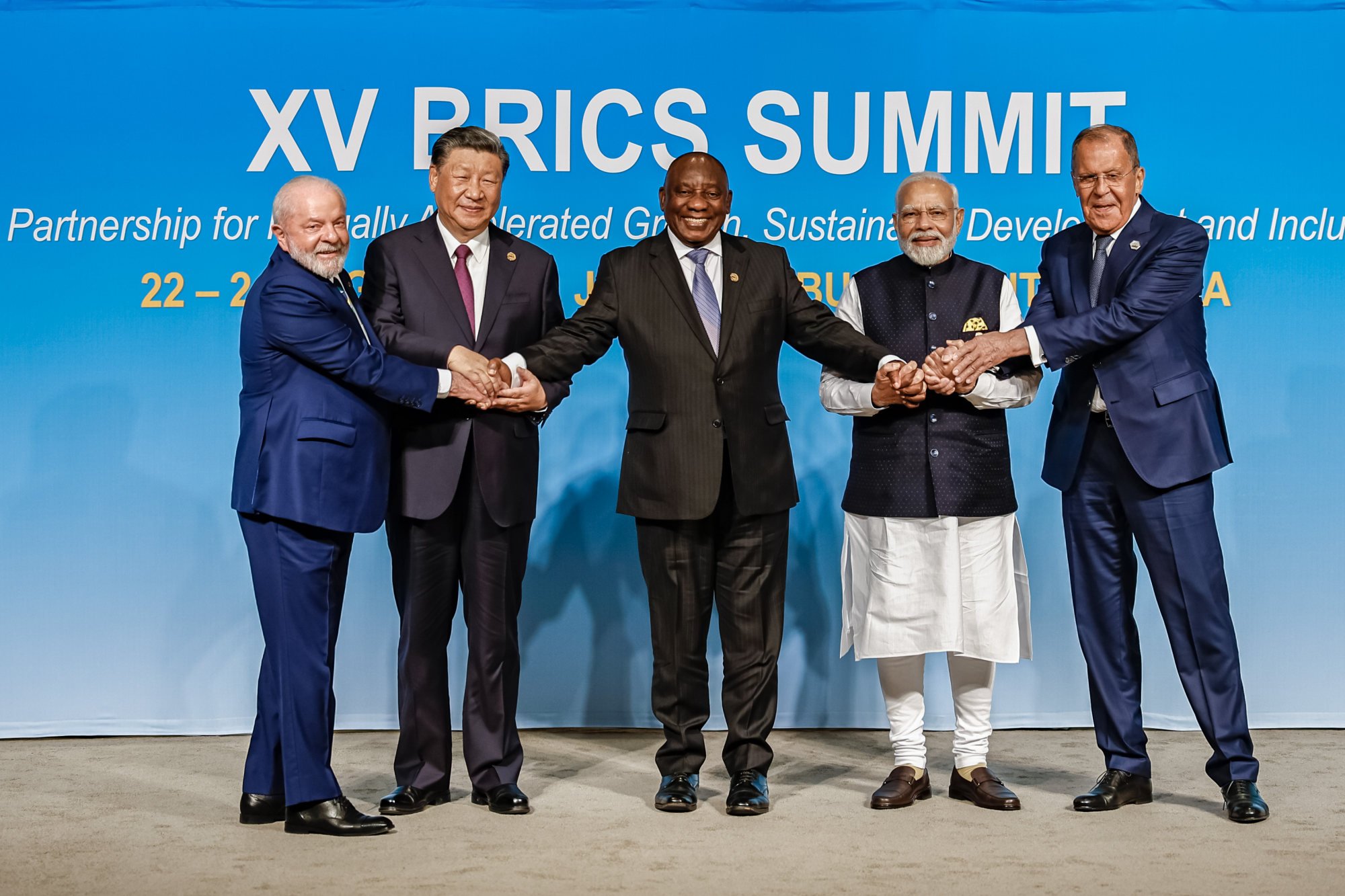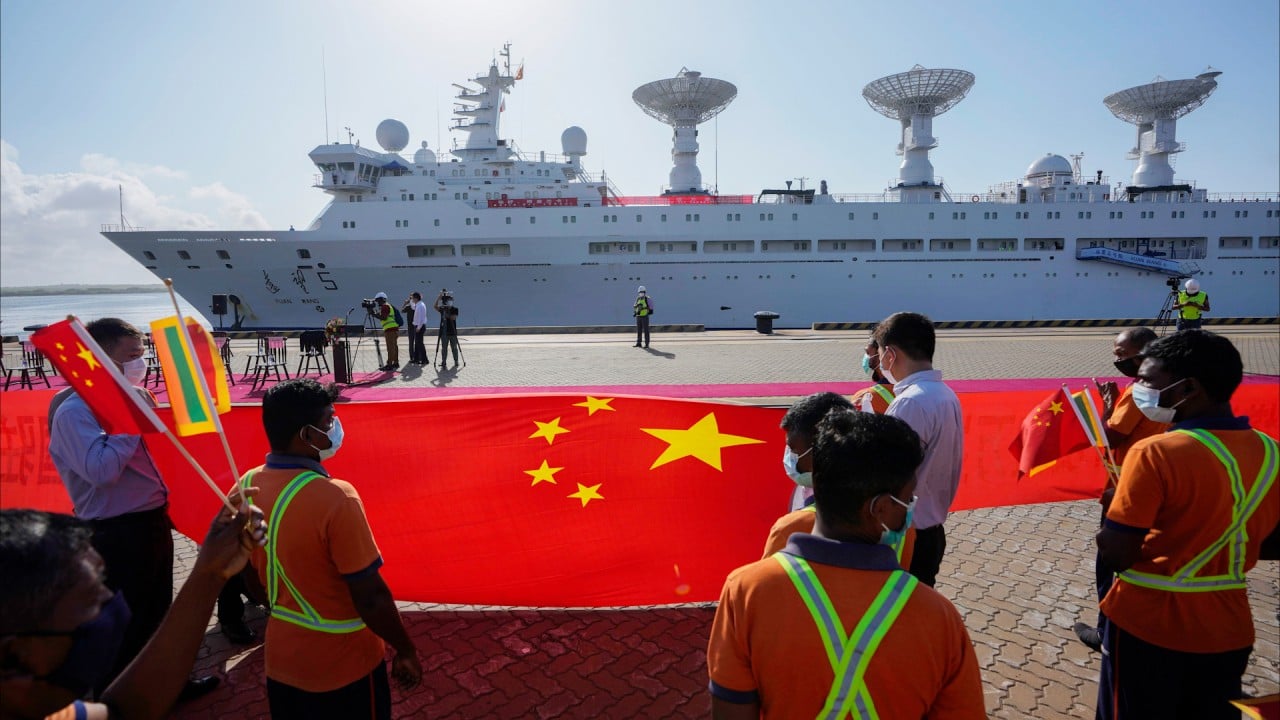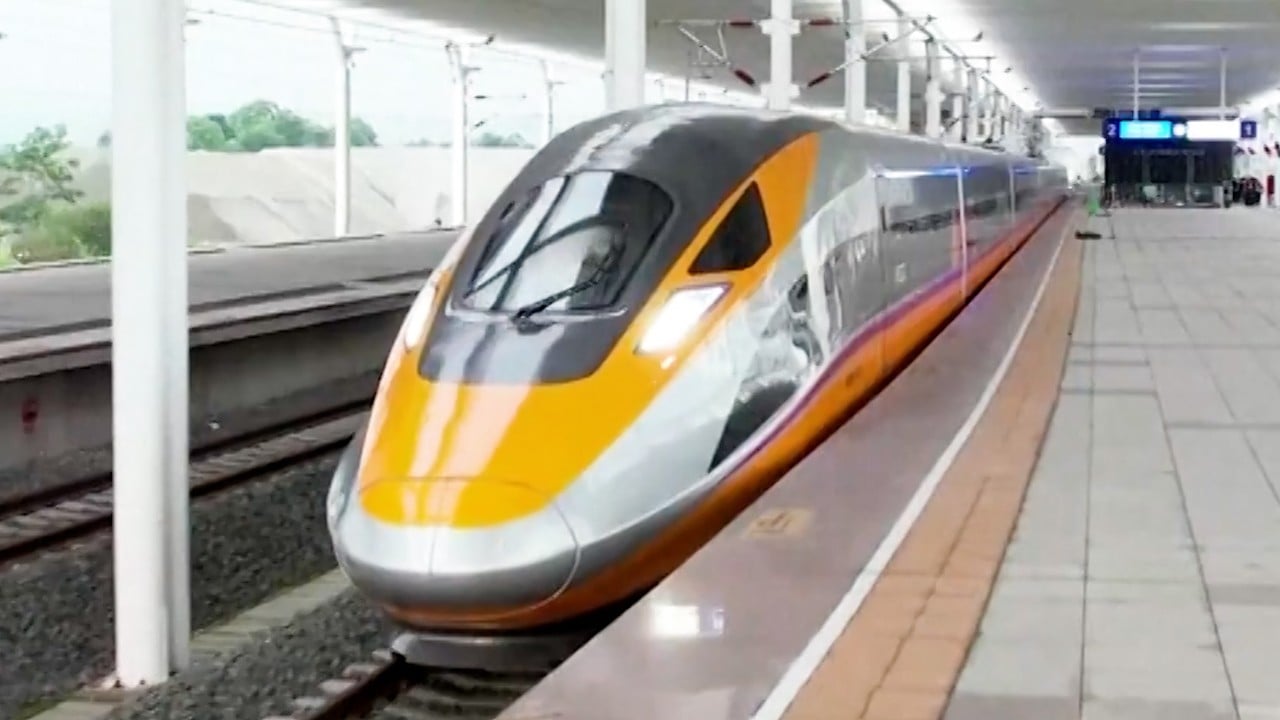That voice could be amplified considerably if the grouping were to take on the role of a global infrastructure power by integrating the functions of the Belt and Road Initiative into its trade and investment capabilities, amplifying the initiative’s geographical and strategic reach.
The Belt and Road Initiative needs three things to give it new impetus: wider ownership, a stronger institutional structure and, of course, more money. All these could be achieved by making it an organ of the Brics group which is gaining increased international credibility.

The massive Eurasian continent forms a vast land bridge not only between China and Europe (via Central Asia and Russia) but also between those two and North Africa (via the Middle East). China realised this in designing its initiative but others struggled to embrace the vision.
The countries and continents involved represent major markets, so linking them together by land, whether road, rail, inland waterway or pipeline, makes a lot of sense for freight, travel and tourism. But the Belt and Road Initiative is still far from reaching its potential in this regard.
Vietnam warms towards Belt and Road Initiative as Laos, Cambodia reap benefits
Vietnam warms towards Belt and Road Initiative as Laos, Cambodia reap benefits
But infrastructure does not come cheap. New funding sources are needed for the Belt and Road Initiative if China is not to shoulder the financing load on its own, and the initiative could see its financial clout enhanced by the inclusion of Middle Eastern oil exporters among Brics members.
The Belt and Road Initiative lacks an international institutional structure, however, and this is where a breakthrough in thinking could come following the expansion of Brics.
If China is to retain fulcrum power within the Belt and Road Initiative and Brics, it will need to diversify ownership of institutions among the growing numbers of member countries, not least with regard to infrastructure. Funding needs alone will demand this, as will the need to coordinate cross-border development.
If Brics members are going to participate actively in belt and road projects, they will need a way to express their wishes and needs via voting participation in a formal institution, which they cannot do at present. Calls for institutional reform within the Belt and Road Initiative would be likely to grow.
The AIIB and New Development Bank seem to have largely stayed at arm’s length from the Belt and Road Initiative so as to establish credibility as multilateral institutions but relations between China and Western powers have deteriorated to the point where maintaining this semblance of independence may become pointless and establishing more overt links could make sense. The architects of change are at work.
Anthony Rowley is a veteran journalist specialising in Asian economic and financial affairs



